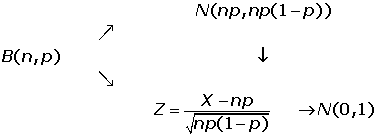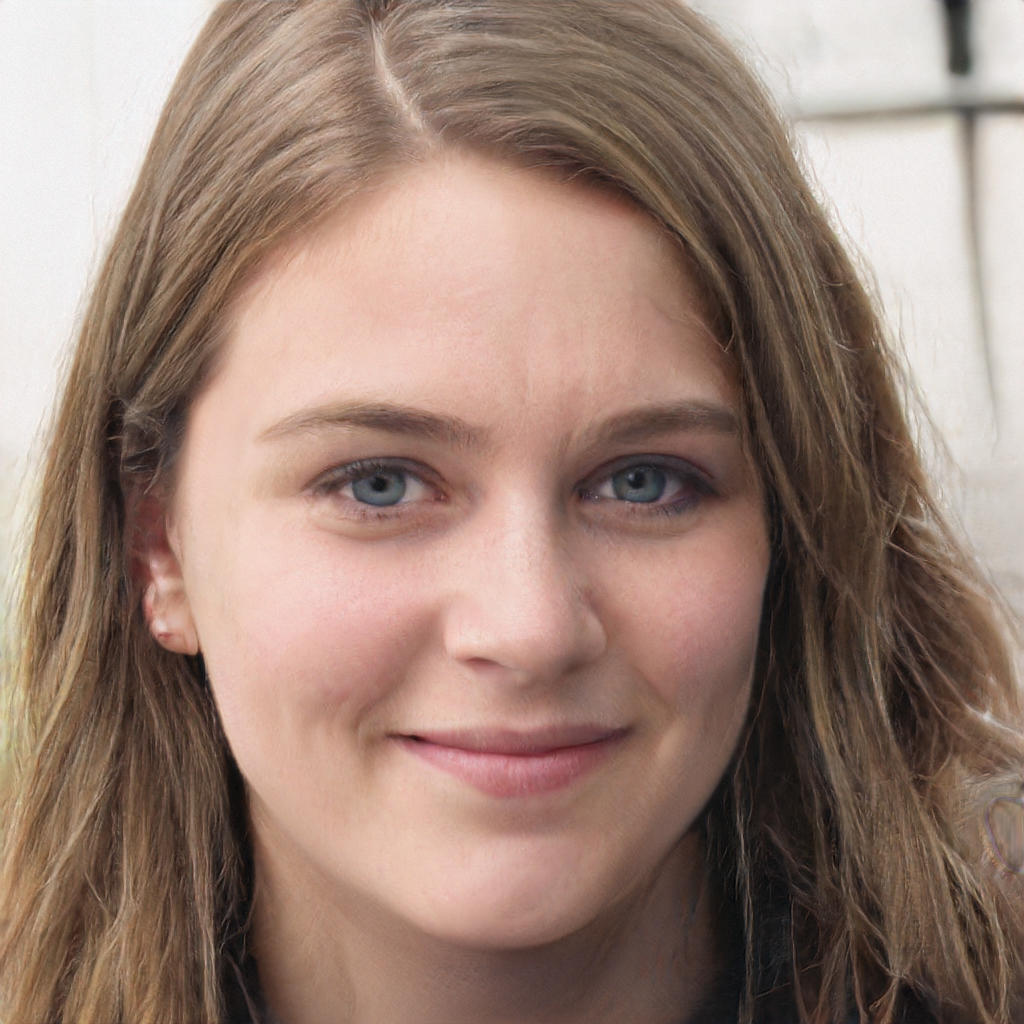Chapters
0 ≤ p(A) ≤ 1
p(S) = 1


Probability Formula

Addition Rule
If A 

p(A ∪ B) = p(A) + p(B) − p(A 
p(A ∪ B ∪ C) = p(A) + p(B) + p(C) − p(A 




Multiplication Rule

The best Maths tutors available
Independent Events
p(A 
Dependent Events
p(A 
Conditional Probability

Independent Events
p(A|B) = p(A)
Dependent Events
p(A|B) ≠ p(A)
Law of Total Probability
p(B) = p(A1) · p(B|A1) + p(A2) · p(B|A2 ) + ... + p(An) · p(B|An )
Bayes' Theorem

Expected Value

Variance of a Discrete Random Variable

Standard Deviation of a Discrete Random Variable

Binomial Distribution


Normal Approximation to the Binomial















It is a vey good resources. I has a few problems of not showing parenthesis at the correct place. Those can be corrected easily.
Thank you so much for your feedback! 😊 We’re glad you found the resource helpful. We appreciate you pointing out the issue with the parentheses — we’ll review and fix those right away. Your input helps us keep improving!
Iam unable to understand
I specified that I wanted 7th-grader stuff but these are not even in my whole textbook
Someone relook at the examples. What z table are you referring to? Once you solve for the Z the rest of the answer is gibberish. Maybe sh o w the table, label the axes and red line the values you call out so the student can figure out what you are trying to convey.
Using facebook account,conduct a survey on the number of sport related activities your friends are involvedin.construct a probability distribution andbcompute the mean variance and standard deviation.indicate the number of your friends you surveyed
this page has a lot of advantage, those student who are going to be statitian